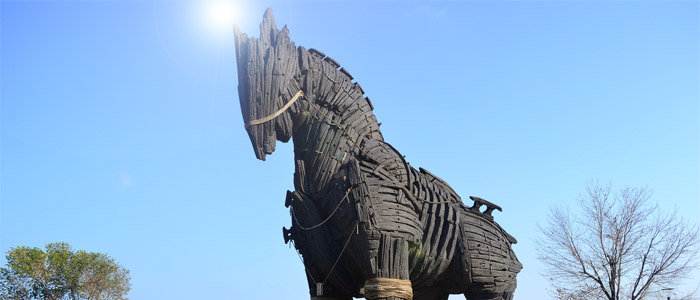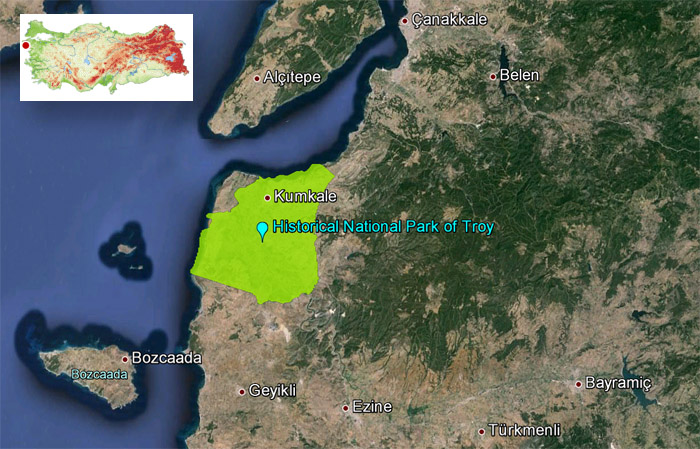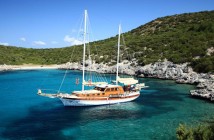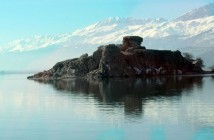Historical National Park of Troy in the Province of Canakkale (Çanakkale), with campsites and guesthouses, meaning a more tranquil stay without the hordes of day-trippers. And, when it is cold out, bird species in Menderes Delta bunch together, providing some unique bird watching opportunities.
Ancient Site of Troy is surrounded by unspoiled nature in Troy Historical National Park (Troya Historical National Park). Location of the national park is in the district of Ezine, at the entrance to the Dardanelles. Troy can be reached from the Canakkale – Izmir highway, as well as the Bursa – Balikesir highway.
Historical National Park of Troy is best known for the ancient city of Troia (Troy), which was immortalised in Homer’s Iliad and Odyssey. According to archaeologists, Troy is only one of nine cities which were built on top of each other, the oldest of which dates back to 3000 BC. Its history covers an area beginning from the north side of the Edremit gulf, and reaches the southern shores of the Marmara Sea. To the south is Kazdagi (Ida Mountain), an attractive area to visit.
Troy
In the text of Homerus, Iliada and Dyysei, Troia was mentioned. Iliada was one of the most impressing books of Homerus and he wrote about 51 days of the battle which lasted 10 years. Troy, established 10 times over successively, is famous for its excavations. This well known antique city was announced as a national park and was added to the list of world cultural heritage of UNESCO.
The Land Where Legends Were Created TROY
Anatolia has been a home to many great civilizations which had significant effects on the history of humanity. Troy, located on the eastern bank of the Aegean sea, a region which is known to be the cradle of mythology together with its western counterpart, is just one of them and coming to light more and more through excavations on the west of Turkey. This area, as the home of mythological heroes, has been the stage for tragedies, wars and victories for many centuries.
Great men of history: Xerxes I of Persia, Alexander the Great, Roman Emperors Hadrian and Augustus as well as Mehmed the Conqueror, attributing their origins to the Trojans, journeyed back to their pasts by visiting this ancient city of blessed power, great loves, brutal wars and glorious triumphs. The famous Greek historian Critobulus from the island of Imbros was the author of the “History”, in which a detailed account of the conquest of Eastern Roman Empire is given. The original of this work of five books is still at the Topkapı Palace Library. In his book, Critobulus of Imbros mentioned Mehmed the Conqueror’s visit to Troy which indicated that the Sultan placed a particular importance on the history of this ancient city and cited Mehmed’s words: “… Despite of the years passed by, it is to me that Allah has given to avenge this city and its people.”
Troy, in addition to being the subject of Homer’s Iliad and Odyssey, is also famous for the Trojan excavations which revealed that there were nine cities built one on top of other. This world famous ancient city was declared as a National Park in 1996 and was added to UNESCO World Heritage List in 1998. It might be said that the reasons for the works of Homer to reach our day were the Trojan War and the tragic stories of its heroes. Homer’s Iliad is one of the most impressive works of literature of the Western Civilization and covers the last 51 days of the 10 year war. Homeros tells the foundation story of Troy in Book XX, verses.
Historical National Park of Troy Map





